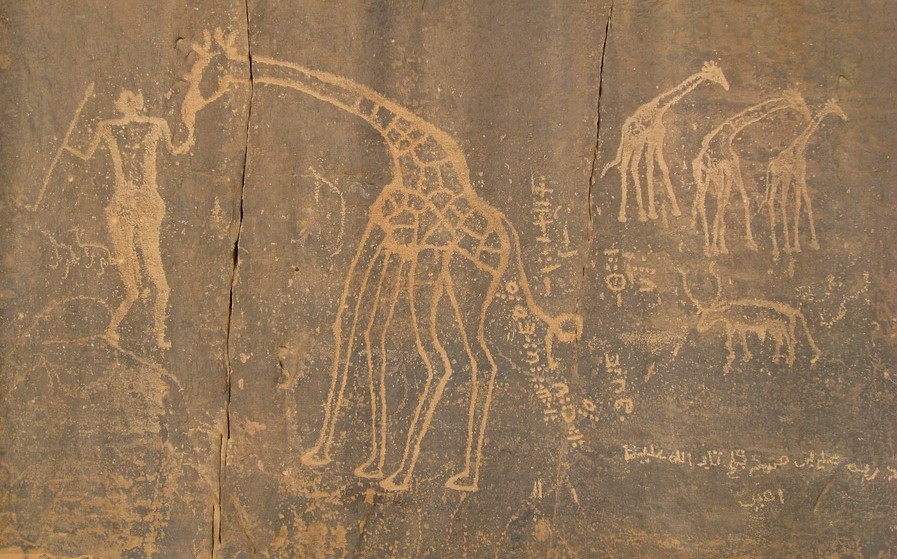How building soil could help to improve food security and reduce conflict in North Africa.
“Sahara is the largest desert in the world. Rock art in archaeological sites in Sahara indicate that Sahara was once Savannah rich in flora and fauna. The ancient cave paintings include animals that were hunted before like hippos, rhinos, elephants, giraffes, bubalus, aurochs, and large antelopes. Many of those animals no longer exist in Sahara.
I worked as a Monitoring and Evaluation consultant for the United Nations, based in Khartoum, Sudan. Sudan is situated in the edges of Sahara. The area is experiencing rapid land degradation that expands the Sahara desert. Red Cross has named Sudan among the countries most affected by climate change.
Land degradation worsens food security and drives conflict, as pastoralist tribes, in the search of grazing land, are forced to move cattle to cultivated areas. This leads to violent clashes in between herders and farmers. Land degradation is one of the catalysts for the conflict in Darfur that has been ongoing since 2003.
Many areas in Sudan typically receive heavy rainfall during a few weeks and after that it may not rain for 10 months. However, when it rains, the soil is not able to hold water which lead to flash floods. Heavy rains cause flash floods that kill some and forces others to migrate. Flash flooding indicates that soil isn’t able to store efficiently water, which would be very precious during the dry period.
I came to New Zealand to learn carbon farming techniques as I was interested in how sequestering soil organic carbon could be used to reduce carbon dioxide in the atmosphere. Working in Linnburn Station has made me to realize how critical it is for us to conserve the soil and to build more soil organic matter. In Sudan, for instance, adding organic matter to soil would improve its water holding capacity and fertility. More fertile soil would not only reduce conflicts and lead to better food security in the area, but all that carbon sequestered in soil organic matter would be away from the atmosphere.”
Joona Mikkola
The author worked multiple years in aid and development in North and East Africa.




